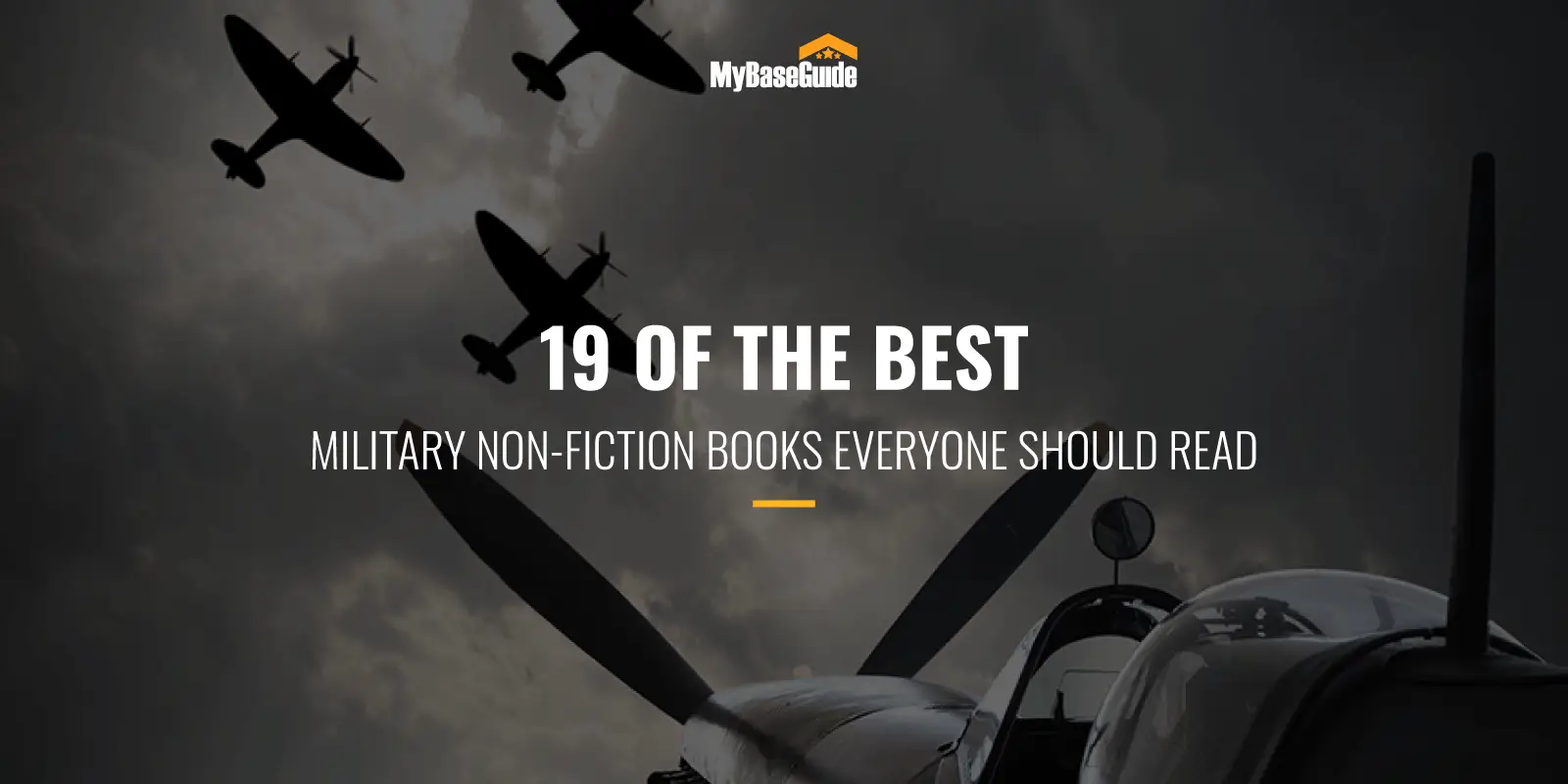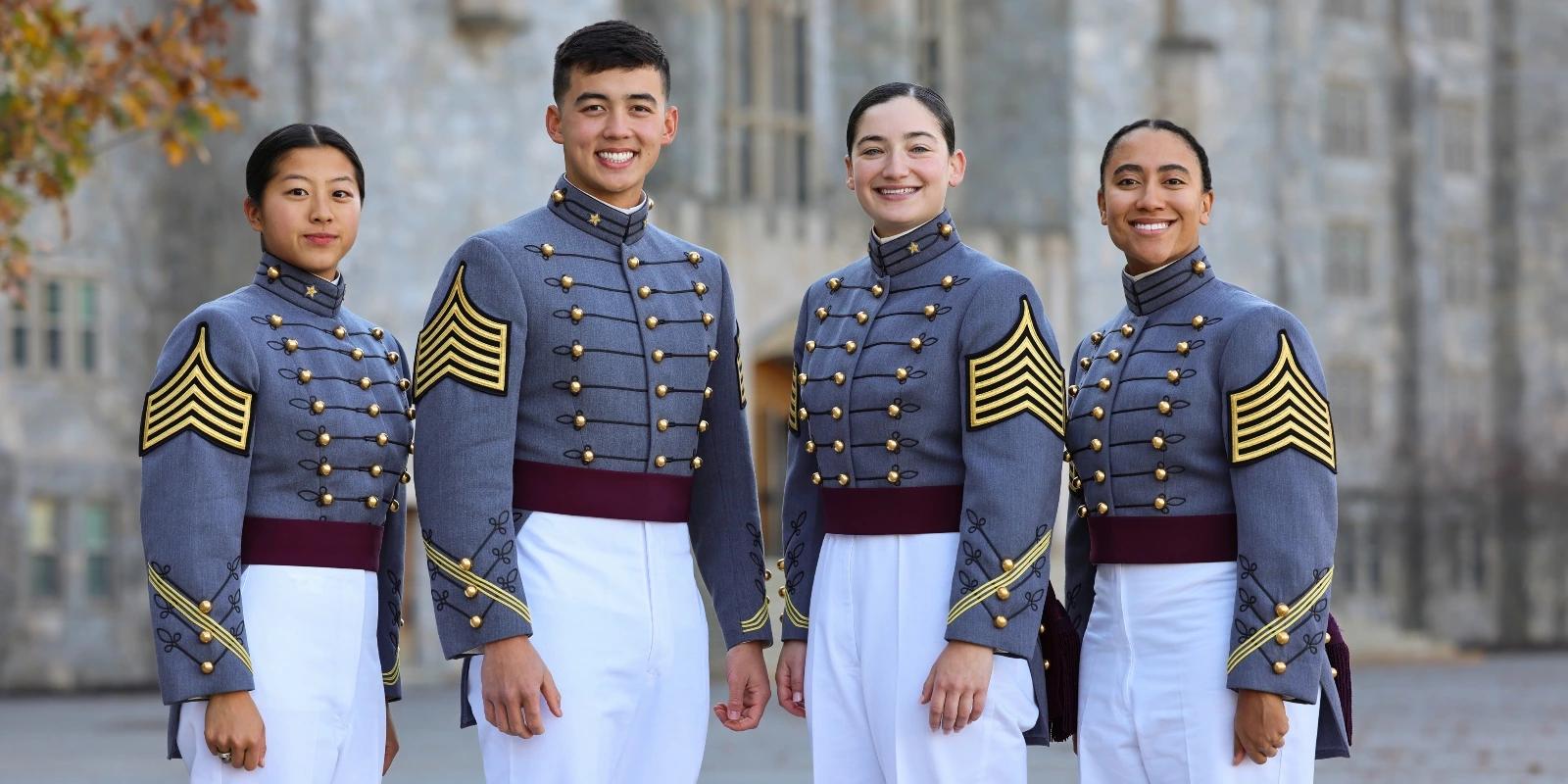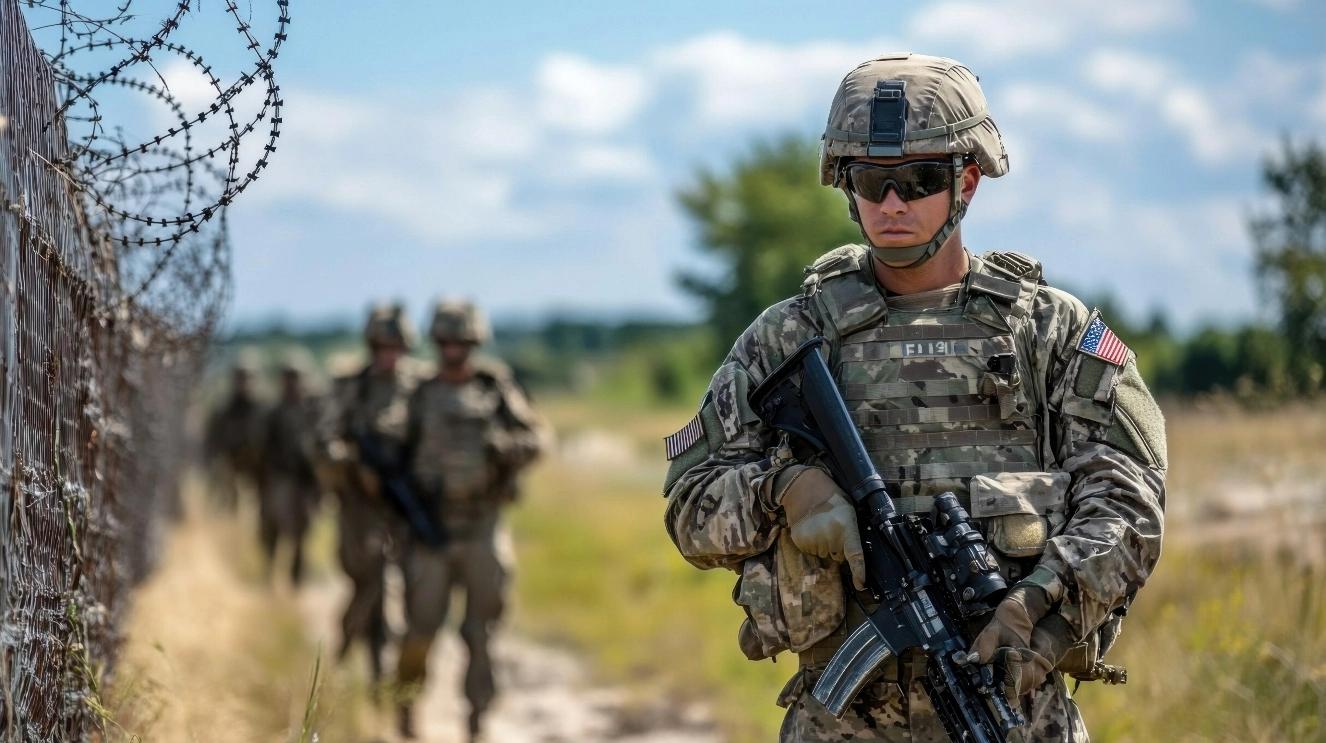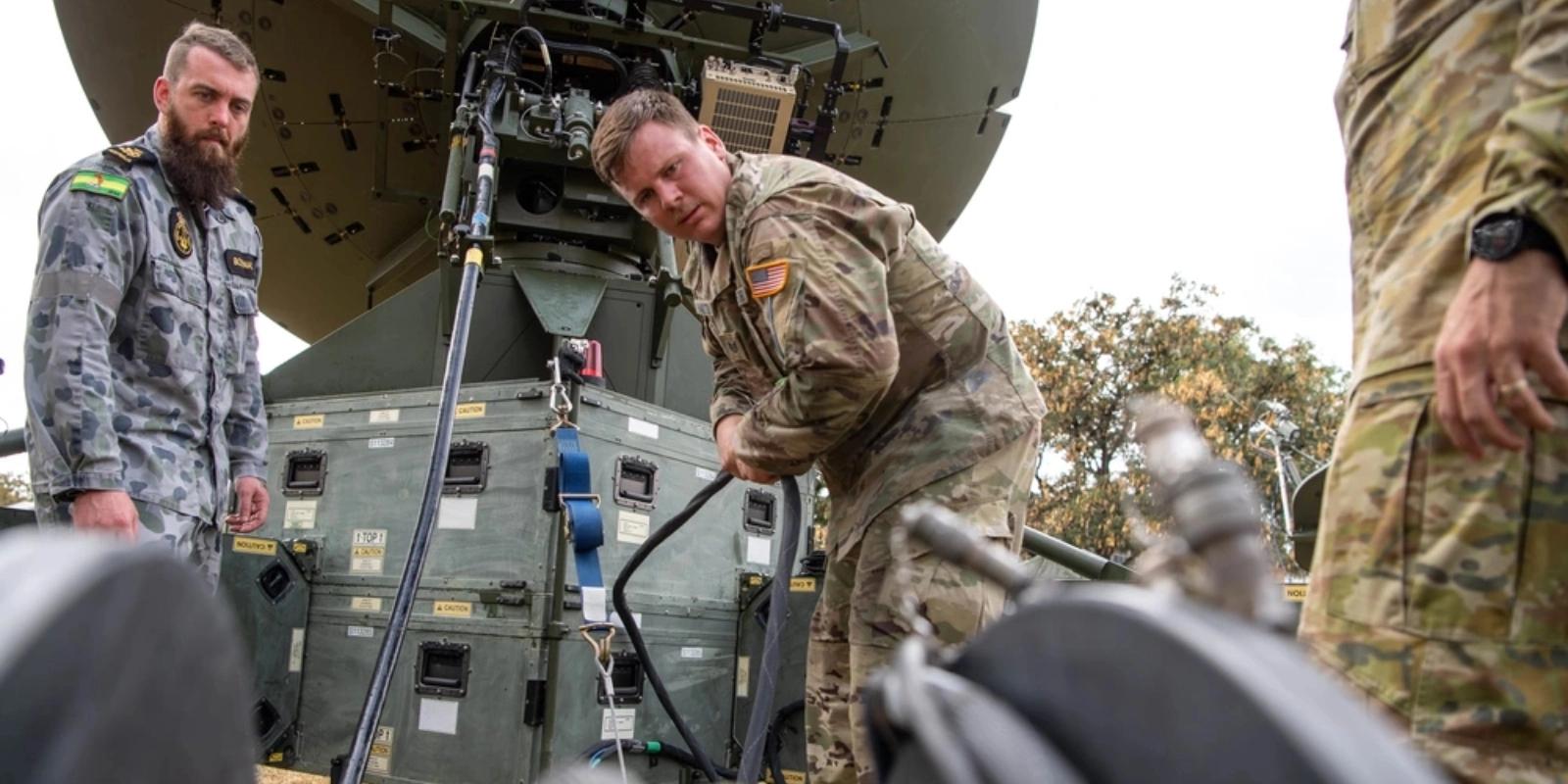19 OF THE BEST MILITARY NON-FICTION BOOKS EVERYONE SHOULD READ

Introduction
Books have always given readers an intimate connection to the world beyond their four walls. And since Covid-19 is still keeping many of us closer to home in 2021, books have become an even more important way to safely escape to other locations, even different moments in time. If you’re looking for some text that will have your heart pumping and mind racing, military nonfiction will be one of your best bets. To help you select from the mountains of options, we’ve rounded up our 19 picks of the best military non-fiction books everyone should read. These pages full of adventure, danger, hardship and triumph will entertain as well as inform. And they’ll be a great way to read up on history as you hunker down.19 Military Non-Fiction Books
1. Studs Terkel. 2011. The Good War. The New Press.
710 pages
Turkel, a Chicago-based journalist, received the 1985 Pulitzer Prize for General Non-Fiction for this collection of interviews with 121 men and women around the globe about their experiences leading up to and during World War II. (Click to Tweet this)
Through the words of both famous and ordinary people, Turkel paints a vivid portrait of history while tackling themes such as institutionalized racism, the military-industrial complex and the origins of the Cold War along the way. This work of oral history, critically acclaimed upon its release, grows more important each year as there are fewer members of the Greatest Generation left to tell their story in person.
2. E.B. Sledge. 2007. With the Old Breed. Presidio Press.
352 pages
A mainstay of nearly every Marine Corps reading list since its publication in 1981, this first-person account of World War II is also one of the main bases for the HBO miniseries “The Pacific.” You’ll be hard pressed to find a more clearly, honestly written account of the grunts at the frontlines during some of the most brutal fighting in Pacific. It’s the closest thing to living through the mud and rain of Okinawa — besides getting stationed in Okinawa.
3. Mark Bowden. 2010. Black Hawk Down. Grove Press.
400 pages
This detailed account by journalist Bowden draws on Army records, audiotapes and videos to create a minute-by-minute account of how U.S. soldiers in 1993 found themselves outgunned and outwitted in Mogadishu, Somalia, after a helicopter drop-off turned deadly, leading to the most intense close combat in U.S. military history since the Vietnam War.
First published as a 29-part multimedia series for the Philadelphia Inquirer, this classic of war reporting was a finalist for the 1999 National Book Award for Nonfiction. (Click to Tweet this)
A 2001 motion picture of the same name, adapted from the book and directed by Ridley Scott, was nominated for four Academy Awards and won for best sound and best film editing. (Click to Tweet this)
4. Harold G. Moore and Joseph L. Galloway. 2004. We Were Soldiers Once … And Young. Presidio Press.
480 pages
Perhaps not a traditional memoir told from a first-person, this book is by no means some cold cut of pure historical, academic nonfiction. Hal Moore, who retired from the Army as a lieutenant general, and journalist Joseph Galloway were both party to the bloody Battle of Ia Drang, covered in detail by this book. A blend of the co-authors’ personal accounts and those of other survivors gleaned from interviews and diaries, it’s more a memoir told by the entirety of the 1st and 2nd Battalions, 7th Cavalry Division on those fateful days than any single person.
5. Micahel Herr. 1991. Dispatches. Vintage.
272 pages
While the previous entry was co-written by Galloway with Gen. Moore, this book was penned entirely by a civilian.
If you think that robs it of some of its impact, you should know three things:
1. Seeing things from an outside perspective is a good way to learn about yourself.
2. Michael Herr spent most of 1967 to 1969 as a war correspondent in Vietnam for Esquire.
3. This book was a partial basis for Stanley Kubrick’s “Full Metal Jacket,” of which Herr co-wrote the screenplay.
So yes, definitely worth reading.
6. Stephen E. Ambrose. 2017. Band of Brothers. Simon & Schuster.
336 pagesThis New York Times bestseller follows “Easy Company, the ordinary men who became the World War II’s most extraordinary soldiers at the frontlines of the war’s most critical moments.” Historian Ambrose drew his inspiration from interviews during a reunion of the 506th Regiment, 101st Airborne, detailing not only their march from Normandy to Hitler’s Eagle’s Nest but the long-enduring bonds they developed among the survivors of the company.
Continue your journey with “we few, we happy few ... we band of brothers” by watching the adapted 10-part HBO series, which was nominated for 20 Primetime Emmy Awards in 2002 and won seven, including Outstanding Miniseries and Outstanding Directing for a Miniseries, Movie, or Dramatic Special. (Click to Tweet this)
Or just check out the soundtrack to the series on Spotify to help set the mood as you turn the pages.
7. Barbara W. Tuchman. 2004. The Guns of August. Presidio Press.
640 pages
This huge bestseller focusing on the first month of World War I earned historian Tuchman the Pulitzer Prize for General Non-Fiction for the publication year 1963. (Click to Tweet this)
Throughout her war nonfiction narrative, Tuchman painstakingly re-creates 30 days in the summer of 1914, beginning with the funeral of Edward VII and following all sides as they plot their way to war and march toward the Franco-British offensive, inevitably leading to years of trench warfare. Though she doesn’t mention it directly, Tuchman was present, as a child, for one of the pivotal events of the book: the pursuit of the German battlecruiser Goeben and light cruiser Breslau.
8. George Wilson. 1987. If You Survive. Ballantine Books.
288 pages
When Wilson’s commanding officer said, “If you survive your first day, I'll promote you,” it proved not to be a motivational promise but a haunting prediction. This unbelievable first-person account reveals Wilson’s World War II experiences through the invasion of Normandy to the Battle of the Bulge. Of all the men and officers who started in Company F of the 4th Infantry Division with him, Wilson was the only one who survived.
9. Joseph Plumb Martin. 2010. A Narrative of a Revolutionary Soldier. Signet.
288 pages
Joseph Martin was 15 years old when he joined the Connecticut Militia in 1776 as an eager Patriot ready to fight for the American cause. During the next six years, he fought at the battles of Brooklyn, White Plains, Monmouth, Yorktown and more. (Click to Tweet this)
A survivor of Valley Forge as well, he became one of the American military’s first combat engineers and ended the war as a sergeant.
His account is essential reading for any Revolutionary War enthusiast.
10. Adam Makos and Larry Alexander. 2014. A Higher Call. Dutton Caliber.
400 pages
This critically acclaimed, international best-seller centers on WWII German fighter pilot Lt. Franz Stigler and the humanity he showed toward a crippled U.S. bomber piloted by Lt. Charlie Brown. (Click to Tweet this)
This story of chivalry, filled with details about the aircraft, explains how these two men later met and became friends, almost 50 years after their chance meeting. Among the praise for the book is this from Col. Charles McGee, Tuskegee Airman, WWII. “It is often said that ‘war is hell’ — and it is — however, this story reveals how the human spirit can shine in the darkest hours.” If this tale doesn’t lift you up, have your heart checked for lead.
11. Ulysses S. Grant. 2012. The Complete Personal Memoirs of Ulysses S. Grant. CreateSpace Independent Publishing Platform.
552 pages
Originally published by none other than Mark Twain, the memoirs of former President Grant were completed in the final months of Grant’s life. Knowing the end was near, he was motivated to put his take on the Civil War to paper. Valued by military historians and literary critics alike, the great leader’s memoirs don’t shy away from the brutal combat he saw or the mistakes some accused him of making during its bloodiest battles.
12. John Leppelman. 1991. Blood on the Risers. Presidio Press.
368 pages
Leppelman, who did three tours of duty in Vietnam, shares his experiences as an FNG paratrooper in the 173d Airborne, an Army seaman and a Ranger on long-range reconnaissance patrol. From combat jumps to futile searches for the enemy to the deaths of his buddies because of lousy weapons, Leppleman recalls how he endured through it all.
13. Andrew J. Bacevich. 2016. America's War for the Greater Middle East. Random House.
453 pages
A 20-year Army veteran who served in Vietnam, Bacevich presents an in-depth assessment of U.S. foreign policy in the Middle East during the past four decades, connecting episodes as varied as the Beirut bombing of 1983, the Mogadishu firefight of 1993, the invasion of Iraq in 2003 and the rise of ISIS in the present decade. By seeing these seemingly unconnected events as parts of a single war, Bacevich explains how errors in judgment by political and military leaders alike have contributed to a permanent conflict with no end in sight.
14. Ian W. Toll. 2008. Six Frigates: The Epic History of the Founding of the U.S. Navy. W.W. Norton & Company.
592 pages
Dive into this extremely well-written and -researched history, which earned Toll the Samuel Eliot Morison Award for Naval Literature in 2007. (Click to Tweet this)
Far from a romanticized account, the vibrant details and smooth narrative will provide incredible insights and make you feel as if you’re really facing the harsh demands of sea during some of our nation’s earliest battles. The included images of the surgical tools alone gave us a respectful pause.
15. Alex Kershaw. 2013. The Liberator. Crown.
448 pages
This dramatic, true story follows U.S. Army officer Felix Sparks and the 157th Infantry Regiment during World War II. Over the course of 500 days, their odyssey takes them from the invasion of Italy to the gates of Dachau. (Click to Tweet this)
Unusual for your typical war drama, this book was adapted and recently released as adult animated original series on Netflix.
16. Jim Frederick. 2011. Black Hearts. Crown.
464 pages
This bestseller detailing of the costs of toxic leadership has been on reading lists at West Point since its publication, and for good reason.
Time columnist Frederick describes the deployment of a group of soldiers from the 101st Airborne Division’s fabled 502nd Infantry Regiment to Iraq’s so-called Triangle of Death in late 2005. (Click to Tweet this)
Facing daily attacks and a breakdown of leadership and morale, the unit — known as the Black Heart Brigade — devolves into substance abuse and brutality, culminating in one of the U.S. forces’ worst crimes during that war. Based on hundreds of hours of interviews with soldiers in the 1st Platoon, this riveting account pulls no punches and serves as a cautionary tale of the dangers of 21st century warfare.
17. James Mattis and Bing West. 2021. Call Sign Chaos: Learning to Lead. Random House.
320 pages
Here’s one for all you Mad Dog fans. This memoir of a life of warfighting and lifelong learning follows Mattis as he rises from Marine recruit to four-star general. In three parts — Direct Leadership, Executive Leadership and Strategic Leadership — Mattis’ direct writing style explains why the U.S. must return to a strategic footing so as not to continue winning battles while fighting inconclusive wars. You won’t have your hands in your pockets because you won’t be able to put this book down.
18. Nathaniel C. Fick. 2006. One Bullet Away. Mariner Books.
400 pages
“If the Marines are ‘the few, the proud,’ Recon Marines are the fewest and the proudest.” (Click to Tweet this)
Written by a former captain in the Marines’ First Recon Battalion who fought in Afghanistan and Iraq, this book describes the grueling training at Quantico, details how he endured interrogation and torture, and explains his insights into the differences between military ideals and military practice.
For his unflinching account of 21st-century battle, Fick received the William E. Colby Military Writers’ Award in 2006. (Click to Tweet this)
19. Sun Tzu. 2019. The Art of War. Ixia Press.
96 pages
You didn’t think we’d write about the best war non-fiction and leave this one out, did you? Because if one book on this list has withstood the test of time, it’s this one. Dated to about the fifth century BC, this ancient Chinese military treatise weaves strategy with philosophy in such a way that leaders through the centuries have applied its lessons on outsmarting your enemy to warfare, business, sports and a host of other competitive fields.
Condensed from the text, the statement “Know yourself and your enemy, and in a hundred battles you will never be in danger” resonates to us today as much as it has to unknown multitudes of readers throughout history. (Click to Tweet this)
Conclusion
These best non-fiction war and history books are bound to run its reader through an emotional gamut. Keep some tissues handy as these tales pull at your heartstrings, but you can also reach for a beverage to toast the wordsmiths who teach us through these heart-wrenching lessons.
Be sure to let us know what military nonfiction books stand out in your memory. And if you’re not in a reading mood but still looking for military diversions, check out our list of the top 21 of the best military movies to binge watch right now.
The appearance of U.S. Department of Defense (DoD) visual information does not imply or constitute DoD endorsement.
SHARE:
TAGS:
JOIN OUR NEWSLETTER
Get the latest news and military discounts



